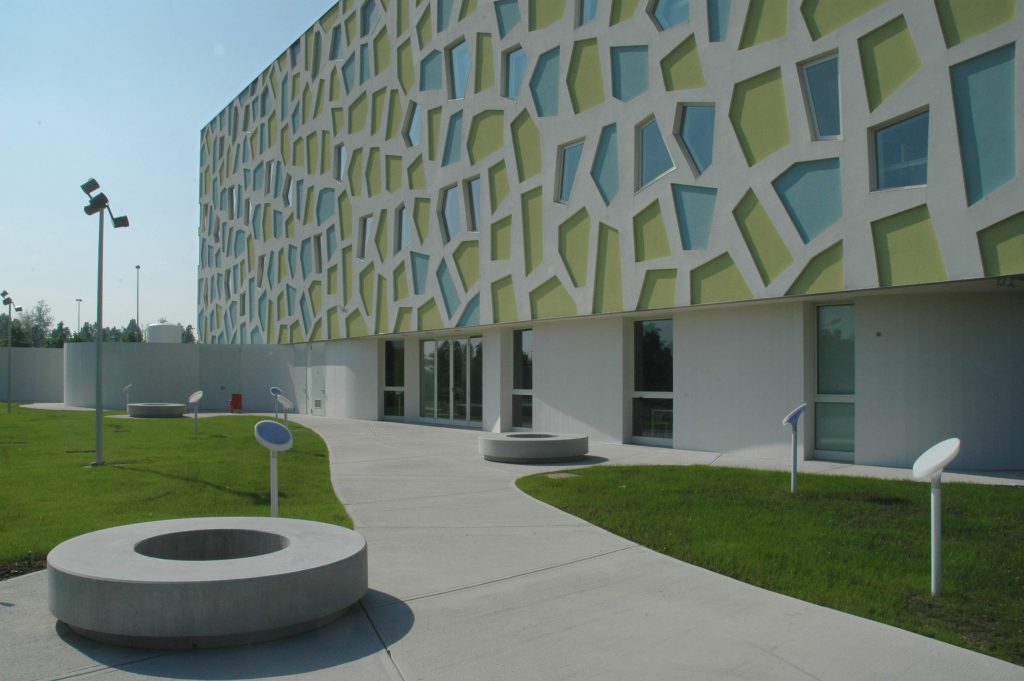
Regenerative Medicine refers to innovative therapies aimed at the permanent restoration of diseased tissues and organs. Tissue integrity and regeneration depend on a population of self-renewing somatic stem cells, above all in constantly renewing tissues. Thus, Regenerative Medicine requires a deep knowledge of the biology of tissue-specific stem cells and the development of technologies allowing their maintenance in culture and their clinical application (cell therapy). In case of genetic diseases, stem cells need to be genetically modified before their delivery onto patients (gene therapy).
Stem cells generate an intermediate population of committed progenitors, often referred to as transit amplifying (TA) cells, that terminally differentiate after a limited number of cell divisions. Three types of clonogenic keratinocytes endowed with different capacity for multiplication have been identified in human squamous epithelia and are referred to as holoclones, meroclones and paraclones. Holoclones are generated by stem cells, whilst meroclones and paraclones have properties of transit amplifying progenitors. During the last two decades, holoclones have been characterized also at a molecular level. Epithelial cultures containing holoclone-forming cells are now widely used in Regenerative Medicine, both as consolidated cell therapies and in Phase I/II clinical trials.
The activity of the Centre for Regenerative Medicine ”Stefano Ferrari” (CMR) of the University of Modena and Reggio Emilia is focused on basic and translational research of epithelial stem cells and is aimed at their clinical application in cell and gene therapy.
Autologous cultures of limbal stem cells are used for corneal regeneration and restoration of visual acuity in patients with severe corneal chemical and thermal burns associated to total unilateral or severe bilateral limbal stem cells deficiency. Such cultures obtained the designation of orphan medicinal product in 2008 and Conditional Approval in 2015 by the European Medicines Agency (EMA).
Autologous cultures of human epidermal stem cells are routinely used in the life-saving treatment of massive full-thickness burns. Co-cultures of keratinocytes and melanocytes are used for the repigmentation of stable vitiligo and piebaldism. Cultures of genetically modified epidermal stem cells are currently and successfully used for the first ex-vivo gene therapy clinical trial for Junctional Epidermolysis Bullosa, a devastating genetic skin disease.
According to recent European regulations (2007), stem cell-based cultures are Advanced Therapy Medical Products (ATMPs). Therefore, the cultivation of cells destined to clinical application (both for clinical trials and established therapies) is strictly regulated and has to be performed under GMP (Good Manufacturing Practices) conditions.
CMR has a 2000 sq meters GMP facility containing 17 independent Class B rooms, which is run by the University spin-off Holostem Terapie Avanzate, a biotechnology company founded in 2008 through the profitable union between the scientific know-how of the University of Modena and Reggio Emilia and its researchers and the industrial know-how of Chiesi Farmaceutici S.p.A.
CMR hosts the Interdepartmental Centre for Stem Cells and Regenerative Medicine (CIDSTEM), accredited by regional government as industrial research laboratory and technology transfer centre within the Emilia-Romagna High Technology Network, founded to gather the regional academic institutions and public research centers and provide skills, facilities and resources to the business sector.
